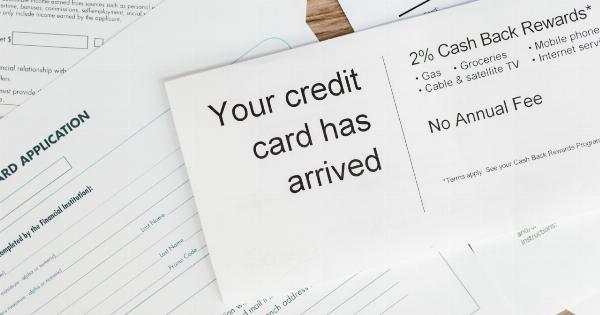Interventions are an effective way to help someone struggling with addiction or other harmful behaviors. However, the cost of an intervention can be quite high. Fortunately, many insurance policies cover the cost of interventions.
In this article, we will explore how to maximize insurance benefits for interventions.
Understanding Your Insurance Policy
The first step in maximizing your insurance benefits for interventions is to understand your insurance policy. Contact your insurance provider and ask them about the coverage they offer for interventions.
They may require pre-authorization before covering the intervention, so it is important to know their requirements in advance.
It is also important to understand the limits of your insurance coverage. Some policies have a limit on the number of interventions covered per year or per lifetime. Knowing the limits of your coverage can help you plan for the cost of an intervention.
Choosing an Intervention Provider
Choosing an intervention provider that is covered by your insurance policy is important. Many insurance policies have a network of providers that they work with.
Make sure to check if your chosen intervention provider is in network with your insurance provider.
If your chosen intervention provider is out of network, you may still be able to receive some coverage. Contact your insurance provider to find out what percentage of the cost they will cover. This can help you budget for the intervention.
Working with Your Intervention Provider
Your intervention provider can help you maximize your insurance benefits. They may be able to help you with the pre-authorization process and provide you with a detailed breakdown of the cost of the intervention.
This can help you understand how much of the cost will be covered by your insurance provider.
Your intervention provider may also be able to negotiate with your insurance provider on your behalf. They can provide documentation and information to support the need for the intervention.
This can help increase the likelihood of your insurance provider covering the cost of the intervention.
Appealing a Denied Claim
If your insurance provider denies coverage for the intervention, do not give up. You have the right to appeal the decision. Talk to your intervention provider about how to appeal the decision.
They may be able to provide you with the necessary documentation to support your appeal.
It is important to understand the appeals process for your insurance provider. Make sure to submit your appeal within the required timeframe and provide any necessary documentation to support your appeal.
You may need to go through multiple levels of appeals before the decision is overturned.
Alternative Financing Options
If your insurance provider does not cover the cost of the intervention or if you cannot afford the out-of-pocket cost, there are alternative financing options available. Some intervention providers offer financing options or payment plans.
You can also consider a personal loan or using a credit card to pay for the intervention.
Remember, the cost of the intervention is a small price to pay for helping someone overcome addiction or harmful behaviors.
Investing in an intervention can lead to long-term savings in healthcare costs and a better quality of life for the person being intervened upon.
Conclusion
Maximizing insurance benefits for interventions can help you afford the cost of an effective intervention.
Understanding your insurance policy, choosing an in-network intervention provider, working with your intervention provider, appealing denied claims, and considering alternative financing options are all ways to make the intervention process more affordable.

























